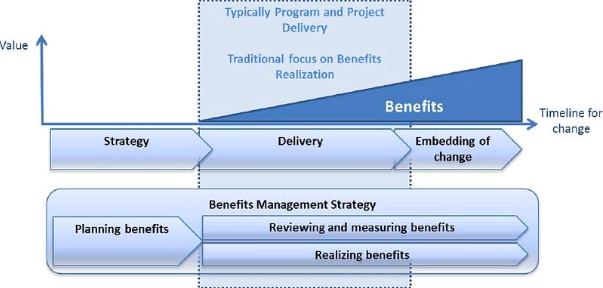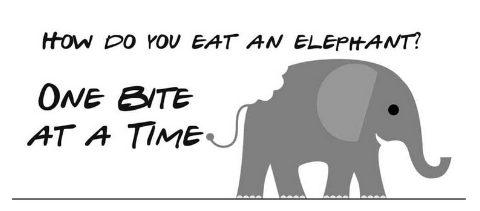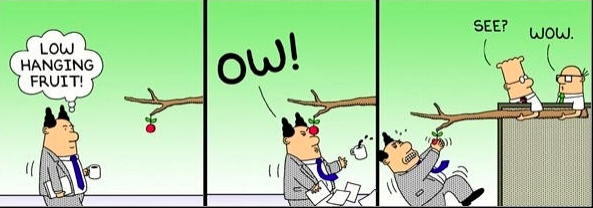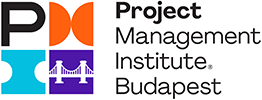October 31 2023 at 10:00AM
A PM in a Digital World
As project management practitioners, we’ve found ourselves recently in a dilemma in a digital labyrinth: Digital world offers us a wide variety of emerging technologies that might help us solve our challenges. The question is, do we know how to proceed and in which direction? Or do we choose to keep the status quo? I believe we all need to keep in mind a few key points.
1. Emerging technology is only a tool not the objective
I recently heard from a project manager that was eager to implement a blockchain project because this is the new world. Attention! This is a tech trap. After all we can use one or more digital technologies and it’s only a decision to make after. We can solve our problems in many different ways, there is no single route to go from point A to point B. The most important thing is to have a good knowledge and understanding of business domain. Learning about technology is its side study.

Photo 2. Tool or objective? (Photo taken from Letter Pile web site)
2. Stick to strategy
Lets remind ourselves a major fact: “If our project does not align with the strategy of your enterprise, we make all the effort for nothing”. Of course, digital or not, each digital initiative has minor or major effects on improving our business processes but we must stick to our strategy and select those that create the most value. The thing is, digital solutions might probably bring extra cost, might have additional schedule effects, might require additional resources and therefore their priority may fall down a few lines in project portfolio list.
3. Focus on need
You might be confused how diverse technological solutions might be offering to you, so we should better focus on finding root cause of the issue and what should be done to improve. Try to spend most time of your team, business analysts, stakeholders or subject matter experts and collect as much data as you can in order to prepare valuable insights.

Photo 3. Focus on need (Photo taken from Mammoth Memory web site)
4. How Much Is Enough?
Answer to this question depends on the kind of business problem you focus on. If you want to implement a machine learning model, deep learning algorithm, and any subset of artificial intelligence, be prepared to collect as many data as you can. “As many as” is not an analogy, you need to train model with data and a similar set of data shall be used to test the model. Besides, the lower you move deeper to the subsets of AI, the more data you will need. On the other hand, if your business problem might have a solution using Robotic Process Automation (RPA), then your focus should have been on business process continuity.

Photo 4. How much is enough (Photo taken from The New Yorker web site)
5. “Benefits realization” anyone?
We realize each and every project in order to improve an objective. At the end of the day, when the project is over, we shall not forget to link project forecast and actual benefits gained from a project. Thanks to the Project Management Institute (PMI), we have a great tool that in use: “Benefits Realization Management Practice Guide”. According to guide “There is often a gap in the appropriate tracking from planned to actual realization of benefits.” In case you want to learn more, you can visit PMI Store or become a member.

Photo 5. Benefits realization lifecycle (Photo taken from PMI.org web site)
6. Eating an Elephant
Think of your business domain and business processes as a whole with relations in between and do not try chase after buying the best benchmark tool you might have ever had. It might not be the tool you need once you go ahead with improving other processes, so investment would become obsolete. Therefore, first look at the big picture, “the elephant” and then divide it into smaller pieces and think of the IT architecture that should lie beneath. The next step is to move ahead with your priority list and don’t forget that “you can’t eat an elephant in a single shot.”

Photo 6. One bite at a time (Photo taken from Third Sector Lab web site)
7. Hit the bulls’ eye
During strategic planning sessions we generally forget a important link: Prioritization of projects versus availability of resources. Here “versus” is strictly on purpose; we, project managers are the ones that “bring the issue to the ring”. We list all the projects that are aligned with our strategy and then we try to approve all these projects to the board of directors. Later in the consecutive year, we find ourselves “stuck in trenches” where chaos takes place. Why? We haven’t planned according to our human capital. The result: probably endless days and restless nights working on projects, like running on an hamster wheel. In order to avoid this scenario, we need to identify top priority digital initiatives, allocate existing resources (foresee outsource ones as well if needed), align and calculate with identical financial metrics, then take to the board the most pressing projects with foreseen allocated resources in order to hit the bulls’ eye, otherwise no Objectives and Key Results (OKR) can help us.

Photo 7. Bulls’ eye (Photo taken from iStock web site)
8. Run after low hanging fruits? Not always
Lets admit: Sometimes we choose to implement a digital technology where it might create a short term improvement, without getting into the root cause(s) and/or solving the problem entirely. From my experience, that generally happens with RPA projects. They are relatively more easy to implement and they might bring Full Time Equivalents (FTE) from a few days to a few weeks but think about this case: You have two different applications in your business process map but “they do not talk to each other”. Therefore, low hanging fruits might not be the best case scenario.

Photo 8. Low hanging fruit? Think twice (Photo taken from The Dean’s Blog)
9. Start small
If you want to prepare a fancy dashboard to monitor project status, do not start with a virtual reality headset project, my recommendation. First decide which elements you want in, then create an MVP in excel, than once the monitoring content becomes stable then proceed to use a data visualization solution. Which one would you prefer? One time idea to change everything at once or make a leap first and then improve it better one after another? Believe me, to make a great leap and then slow down creates more confusion then step by step improvements.

Photo 9. Snowball down the slope (Photo taken from iStock web site)
10. Consider C Level?
Here is the question: “If a member of our senior management can not decide with data, then what’s the use of digital technology at first place?” This is a common question from senior management perspective. We might have either KPIs or OKRs to implement a digital project but what really matters is that, if senior management can not make decisions to run operation and projects, supported with values and dashboards, then we break the 1st rule of management: “You can’t manage what you can’t measure.” Start small anyway but start with a KPI at C level dashboard. Data visualization is a good place to start (only if you have enough data) By the way, recently C-level AI board members (CEO, COO, CFO) have been assigned so better help your C-level make decisions.

Photo 10. AI CEO (Photo taken from HR Reporter web site)



